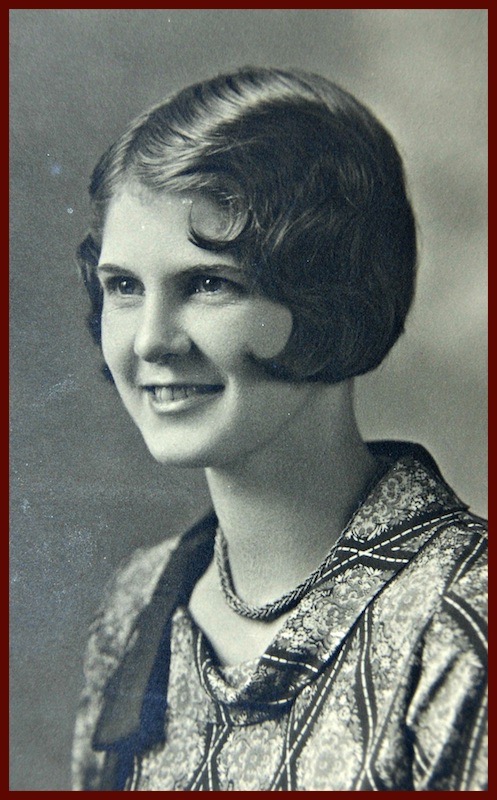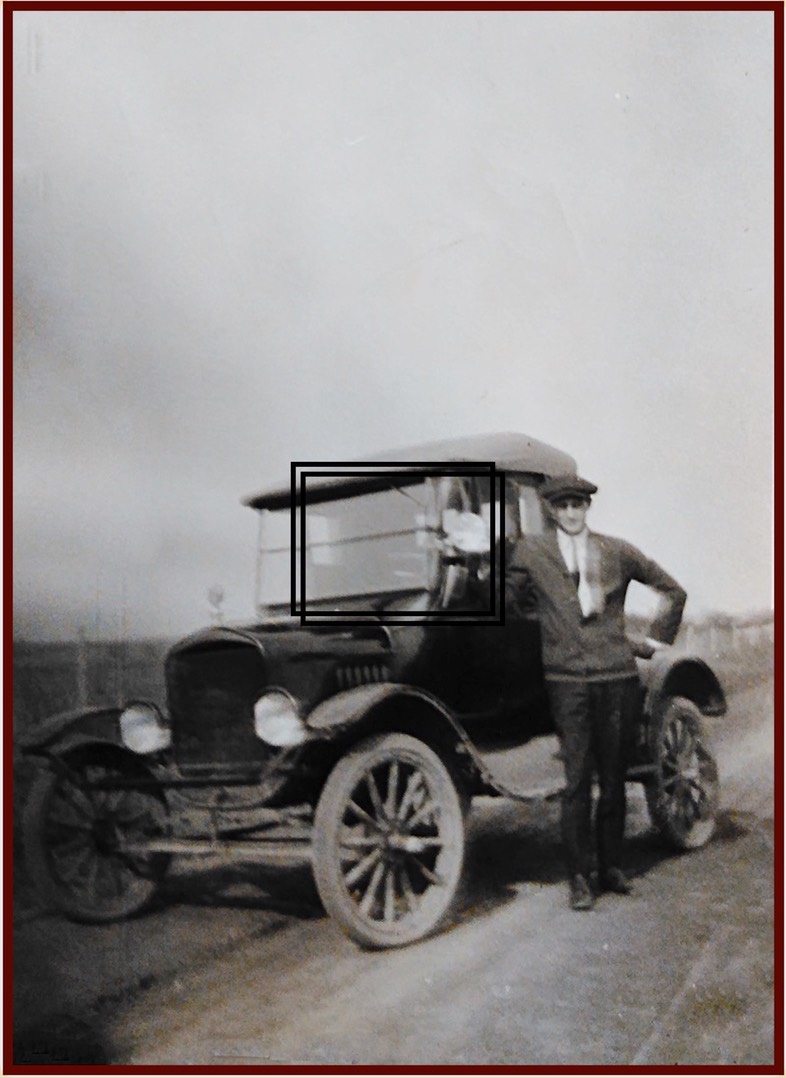Sometimes these things just take off on their own like a runaway team.
When I wrote most recently about Stock Whitley (“A Lily By Any Other Name”), what I intended to provide was an update on several themes, starting with new details about the failed expedition against Paulina’s raiders along the crooked river in Oregon in 1864, from a first-hand account I stumbled across several weeks back. Then, right in the middle of writing the piece, I paused to google the old chief’s name and was rewarded with a sketch of him drawn in the 1850’s during peace deliberations. Hold the phone. Not only did Whitley look nothing any of the other chiefs drawn by artist Gustav Sohon, to my eye he bore an uncanny resemblance to an actor best-known as “Buck Cannon” in the 1960’s Western series The High Chaparral.
Presenting the sketch of Whitley in tandem with a photo of Cameron Mitchell may seem just silly, except that it turns out the actor’s original patronymic was “Mitzel,” a name which seems to derive from German or Jewish origins. So what, you might still be thinking. Well, in a posting about Whitley nearly three years ago (“Honored Enemy”), I presented a playful wedding announcement written in 1857 by Indian agent Victor Trevitt, who claimed he had just married Stock Whitley’s German cousin (“cousin Germain”) at Whitley’s house. Is it possible that Whitley was a Deschutes war chief of mixed descent, or was Trevitt merely pointing out that the beloved Indian warrior just happened to look German? There is so little detailed information about Stock Whitley, that every morsel seems precious.
I hope someday to read a transcript of Thomas C. Smith’s trial for embezzlement in Dodge City in 1896 (see “Getting Out of Dodge”). Smith apparently mounted a vigorous defense, which his lawyers took all the way to the Kansas Supreme Court.
To recap, Smith was the husband of Thomas and Orel Jane Lovewell’s daughter Adaline Kirk Lovewell. In October 1895, a few months after Adaline’s younger sister Mary showed up in Dodge for an extended visit, Smith vanished from his post as station agent for the Rock Island Railroad, along with several hundred dollars of the company’s funds. He was nabbed in Kansas City the following month, at the tail end of what newspapers characterized as a licentious spree. Found guilty of embezzlement and failing in his various appeals, Smith was finally carted off to Lansing to begin a two-year term in February 1897.
At the end of that year, papers carried a notice that Thomas Smith had petitioned the governor for a full pardon. While it was not granted, Smith was released from prison in February 1898, apparently having had a year shaved off his sentence for good behavior. It would be interesting to hear Smith’s version of the story, to find out why he maintained his innocence until the bitter end, and to learn what made him feel entitled to have his crime blotted out. Buried somewhere in that transcript and his petition for clemency, might we find a touching story about a husband driven to desperate measures to provide for his ailing wife, or simply evidence that Smith was a con man and a complete cad? Perhaps someday we’ll know which.
I completely missed the boat in “A Moment In the Spotlight.” Here I was with a glamour shot of the lovely Pansy Stofer, looking like a member of the supporting cast from The Great Gatsby, and I didn’t pair it with its obvious mate. Ashley Gresham had sent me a picture labeled “Ben” and I flipped past it, just assuming that it was Pansy's father leaning against the Chevy we had already seen being taken for an imaginary test drive on the streets of Lovewell in 1913. Finally giving it the closer look it deserved, I realized that it was a Jazz Age photograph of Pansy’s brother Bennie fitted out in some sporty threads for a jaunt in what could be a 1924 Model T Roadster. It may not be in a league with Gatsby’s Rolls, but it certainly typifies an era.

